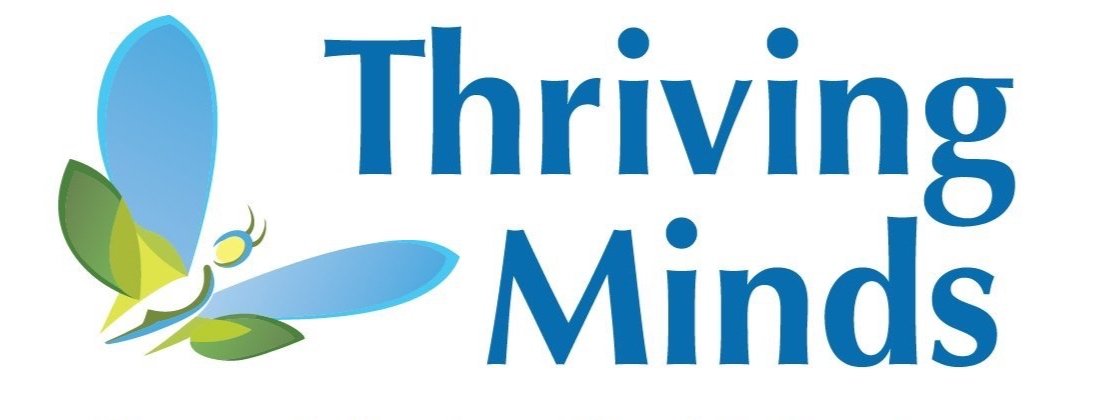Why Does Selective Mutism Develop?
Join Caitlin Reid as she explores the intricate blend of genetic, physiological, and experiential factors that contribute to selective mutism, shedding light on this lesser-known anxiety disorder and its development beyond common misconceptions
1) Genetic Predisposition
Selective mutism has a strong genetic component. Individuals inherit a specific combination of genes that makes them more susceptible to anxiety conditions. This genetic predisposition is fundamental in understanding why some individuals develop selective mutism while others do not, despite similar environmental conditions.
2) Overactive Amygdala
The amygdala, a part of the brain that assesses threats and safety, plays a critical role in the physiology of selective mutism. In individuals with this condition, the amygdala functions like an over-reactive guard dog rather than a calm security officer. It sends out alarm signals in situations that are not life-threatening, leading to heightened anxiety responses. This overactivity makes it difficult for the individual to return to a baseline, non-anxious state.
3) Experiential Learning and Avoidance Behavior
The development of selective mutism is also influenced by experiences and learned behaviors. When a child with a predisposition to anxiety is placed in a stressful social situation, they may feel overwhelming anxiety and choose to remain silent. Often, someone else (like a parent or teacher) will speak on the child’s behalf to relieve the discomfort of the situation. This act, while seemingly helpful, reinforces the child’s behavior of silence as a coping mechanism. The immediate relief from anxiety reinforces the avoidance behavior, making it more likely to recur in similar situations. This negative reinforcement cycle prevents the child from learning to manage their anxiety and communicate in social contexts effectively.
Expert Tips For Selective Mutism Professionals
Early Identification and Assessment
Discuss the importance of early identification for effective intervention.
Highlight the roles of educators, parents, and pediatricians in spotting early signs.
Collaborative Approach
Stress the need for a team approach involving psychologists, speech therapists, teachers, and parents.
Discuss how to establish consistent strategies across all environments (home, school, and social).
Creating a Supportive Environment
Tips for teachers and parents to create a supportive and non-pressuring environment.
Techniques for gradually increasing the child’s comfort level with speaking in various settings.
Therapeutic Techniques
Overview of effective therapeutic techniques such as stimulus fading, desensitization, and shaping.
The role of Cognitive Behavioral Therapy (CBT) and how it can be tailored for children with selective mutism.
Use of Technology and Resources
Discuss technological tools that can aid communication and reduce pressure, like tablets or communication apps.
Provide resources for professional training, continued education, and parent support groups.
Advocacy and Awareness
Encourage professionals to advocate for greater awareness of selective mutism.
Importance of educating others in the community, such as other children, about the condition to foster empathy and understanding.
Case Studies and Success Stories
Share success stories and case studies to provide hope and practical insights.
Discuss long-term outcomes and what success can look like.
Ongoing Support and Monitoring
Importance of ongoing evaluation and adjusting strategies as the child grows and develops.
Maintaining open communication between all parties involved in the child's care.
Self-Care for Professionals
Highlight the need for professionals to manage their own stress and seek support due to the challenging nature of this work.



